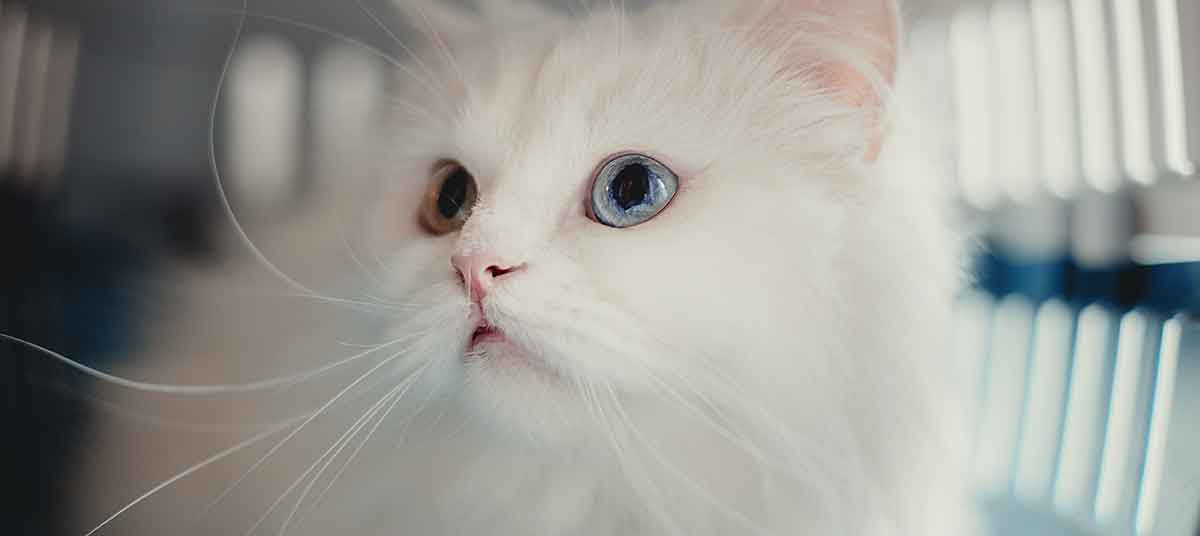By Linda Lombardi
Cats see the veterinarian far less often than dogs. There are multiple reasons for this, but a primary one is that owners find it harder to get them there. Cats who see the carrier come out only once a year to take them to a strange and stressful place are likely to be uncooperative at best–and who can blame them?
Training to accept the carrier seems like an obvious solution, but persuading cat owners that training is possible, let alone worthwhile, can be a hard sell. A recent study published in Applied Animal Behavior might help, and it shows that the benefits of training go beyond eliminating the stress of that struggle for owner and cat.
“Carrier training cats reduces stress on transport to a veterinary practice” looked at whether training cats to get used to a carrier using positive reinforcement reduced their stress on a 10-minute car ride and vet exam. To set a baseline, 22 cats were taken by carrier to a sham vet clinic for an exam. Stress levels were assessed on video recordings, and ear temperatures were taken before and after the car ride.
Then half the cats received six weeks of training using food rewards for a total of 28 sessions. The training was broken down into seven steps:
- The bottom half only of the carrier was used. Cats were rewarded progressively for approaching, stepping in with front feet, getting all the way in, and staying in.
- The top of the carrier was added. Cats were again rewarded for approaching, entering, then staying. The front door was added to the carrier at the end of this phase.
- With the full carrier, cats were rewarded for staying while the door was moved slightly. Then the door was closed for increasing amounts of time while treats were tossed through.
- Cats were rewarded as the carrier was lifted for increasing amounts of time, then carried, slightly swaying, for a few steps.
In steps 5 through 7 the cats were rewarded as the carrier was in the car with engine off, then with the engine on for increasing amounts of time, and then for short car rides of increasing duration. To proceed to a new step, either the goal was met, or at least six repetitions were attempted.
After training, the cats then repeated the trip to the vet and exam. Again, behavior was evaluated on video recordings and ear temperature was taken before and after.
The trained group showed significantly lower signs of stress on the car ride; ear temperature measurements also showed that their stress was lower. Extreme behavioral indicators of stress including panting and hiding were completely eliminated in the trained group, which also showed positive behaviors such as purring and scent-marking not seen in the control group. The only result that might seem a bit disappointing: there was no reduction in “plaintive mewing” during the car ride in the training group.
However, the effects of the training extended beyond the ride itself to the vet exam. Both trained and control group cats showed fewer fear-related behaviors in the second exam, so there was some effect of familiarity, but the exams took less time for the trained group. The trained cats were also more likely to comply with the most invasive procedure, the rectal temperature measurement: the number of cats who resisted it declined from six to two.
This article was reviewed/edited by board-certified veterinary behaviorist Dr. Kenneth Martin and/or veterinary technician specialist in behavior Debbie Martin, LVT.




